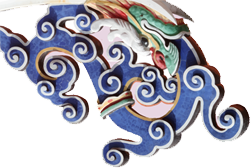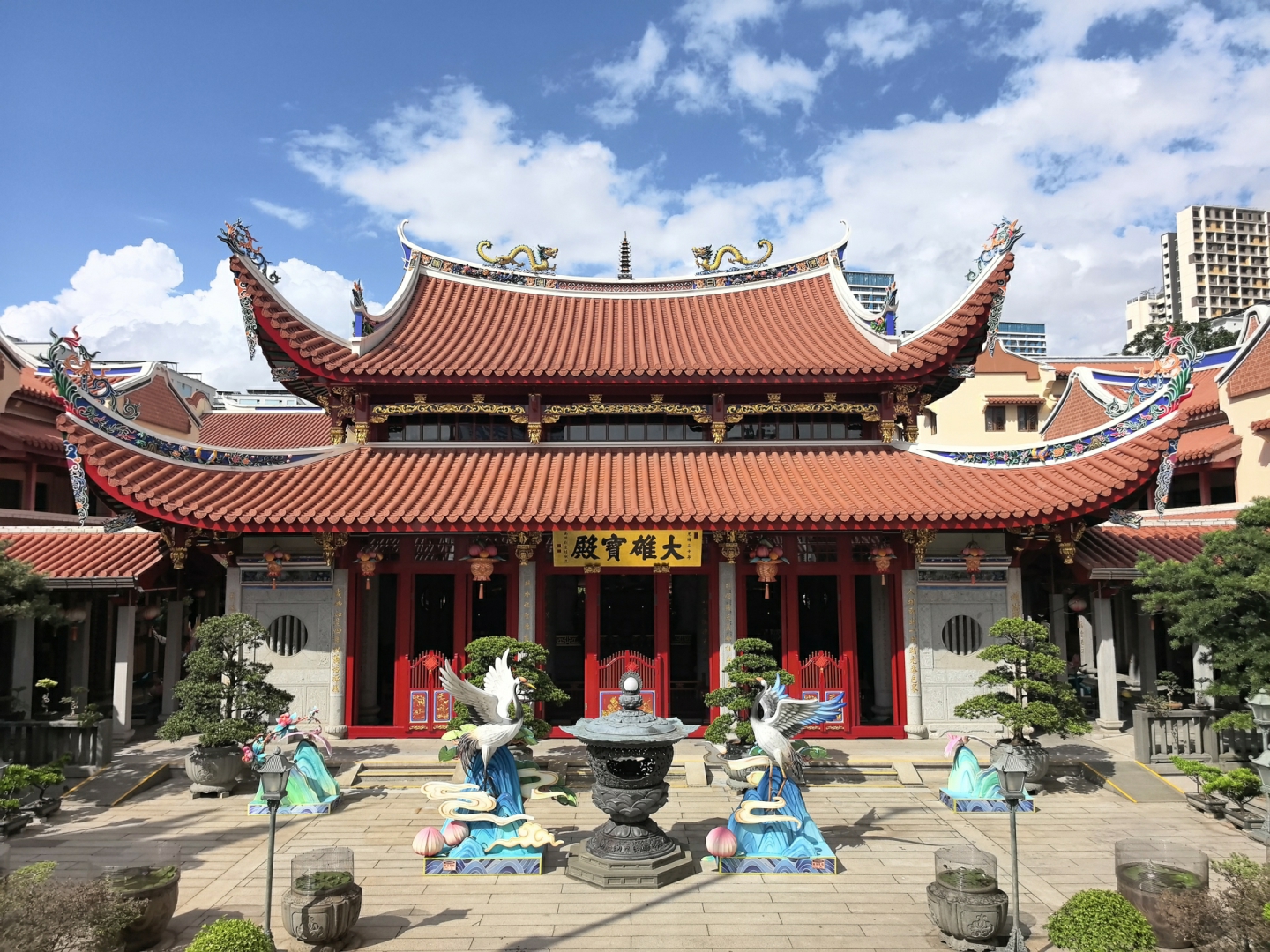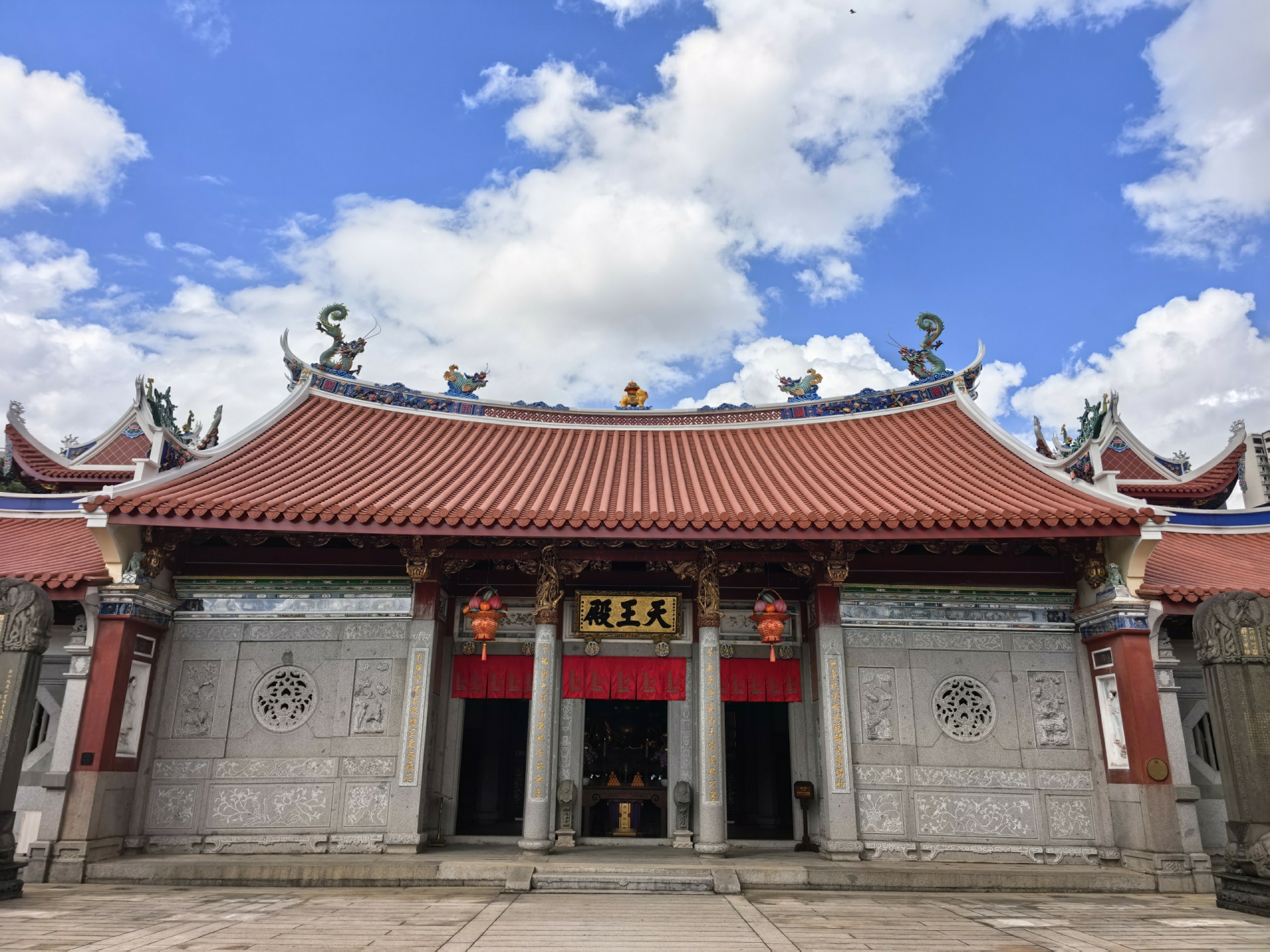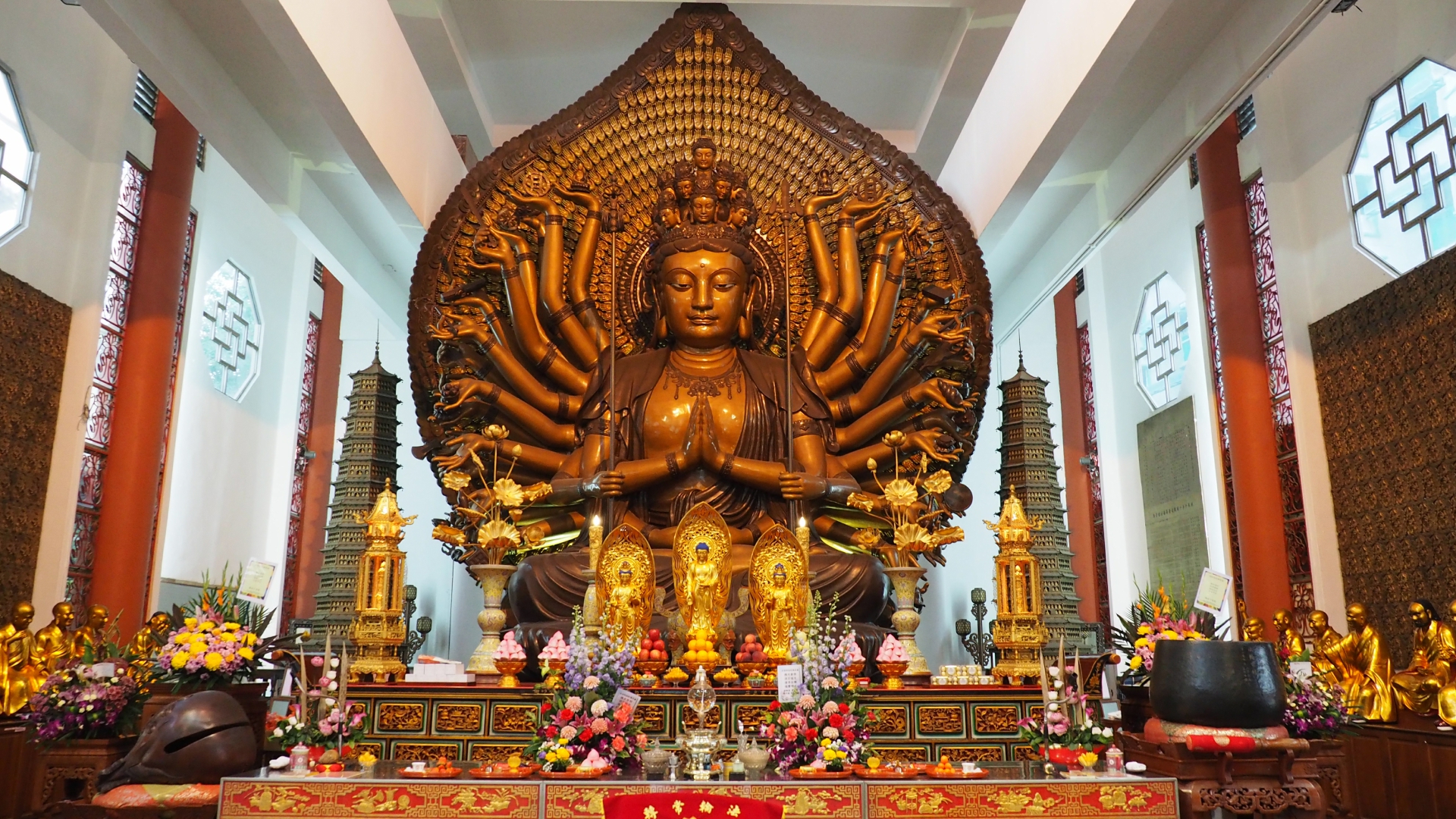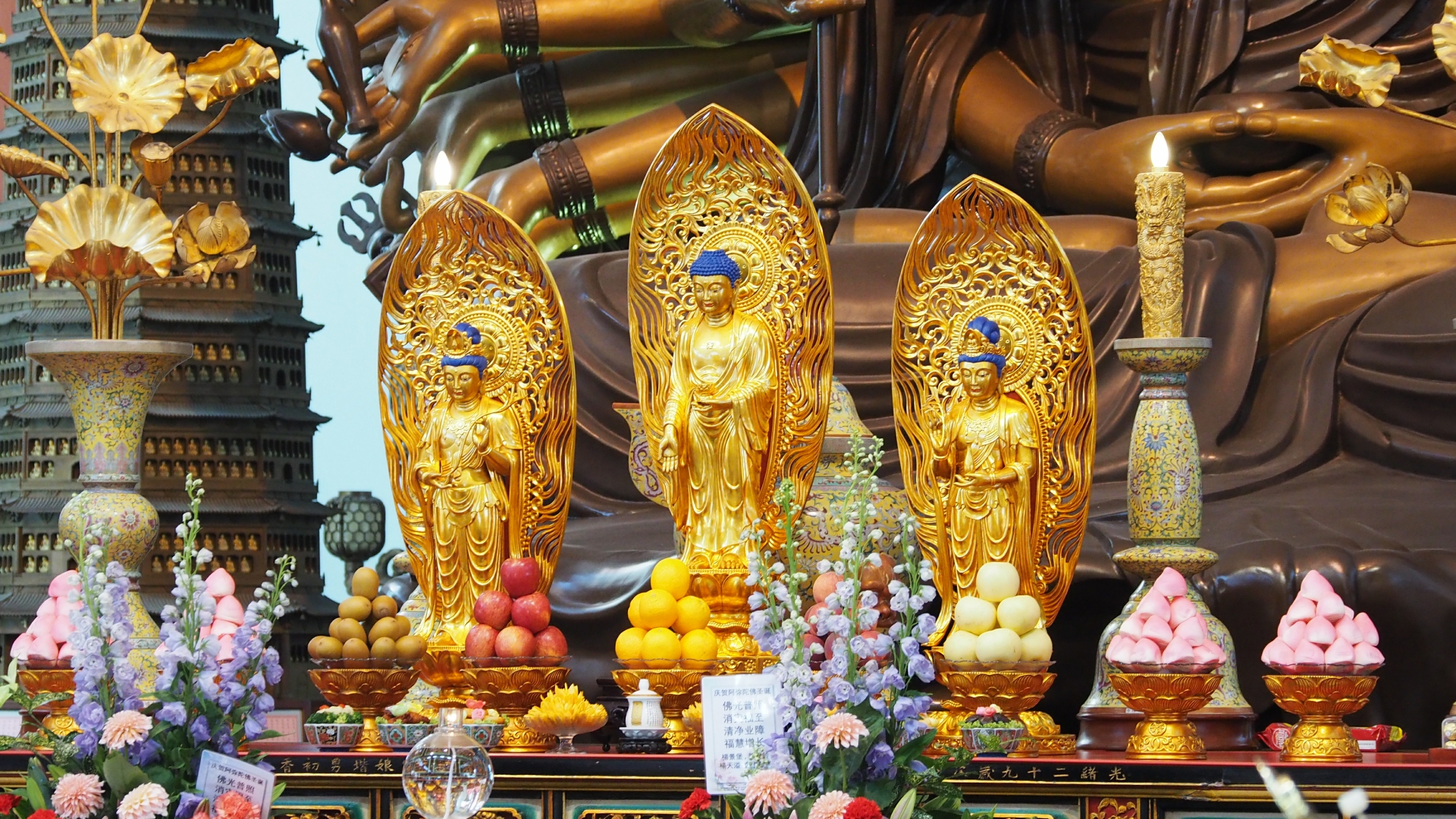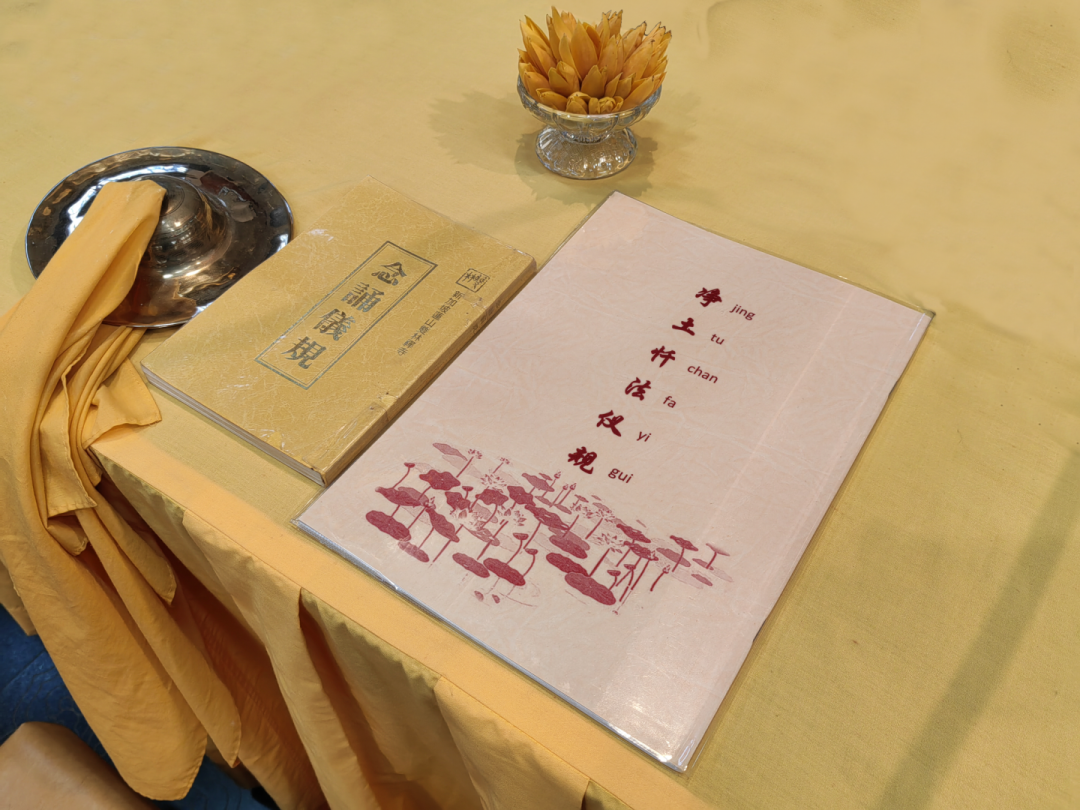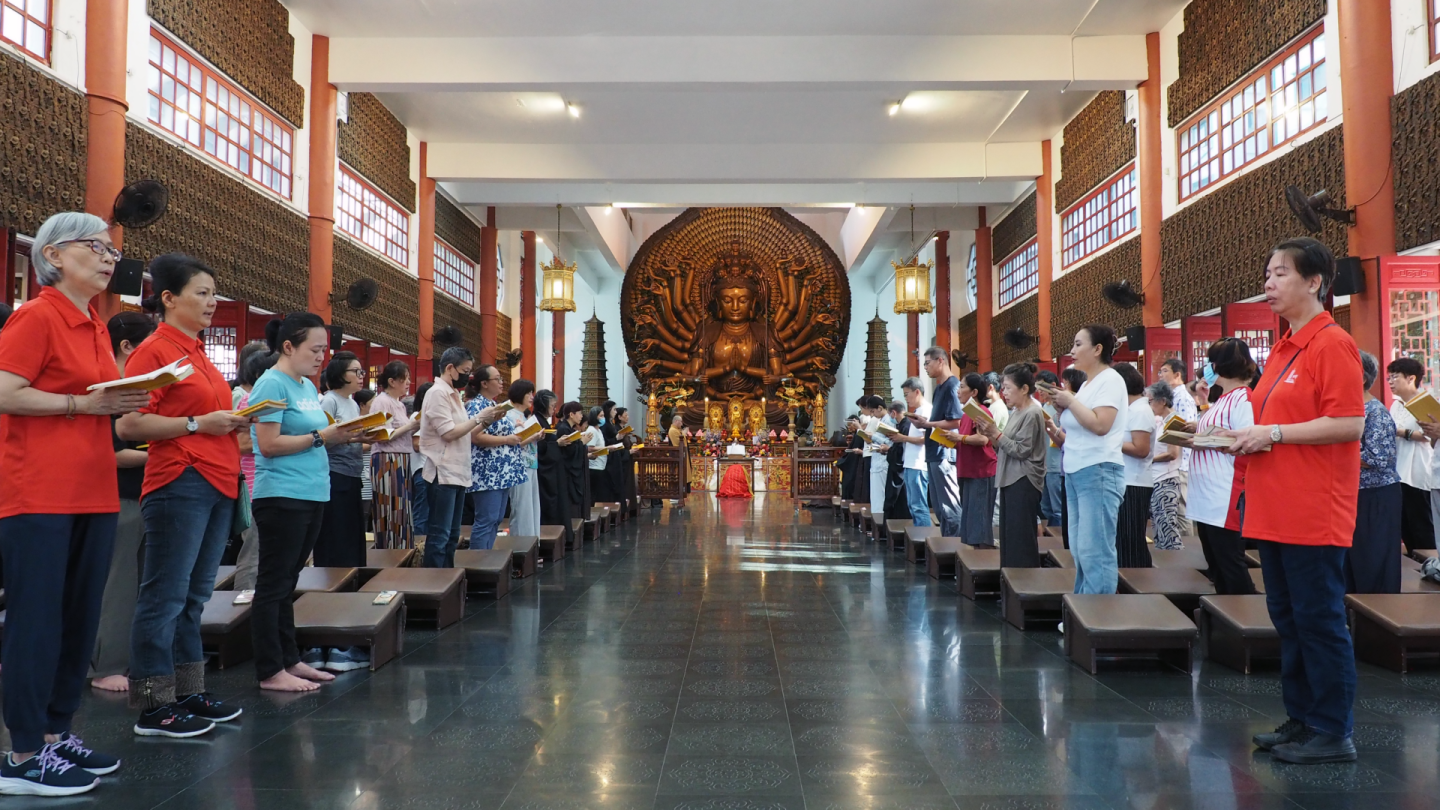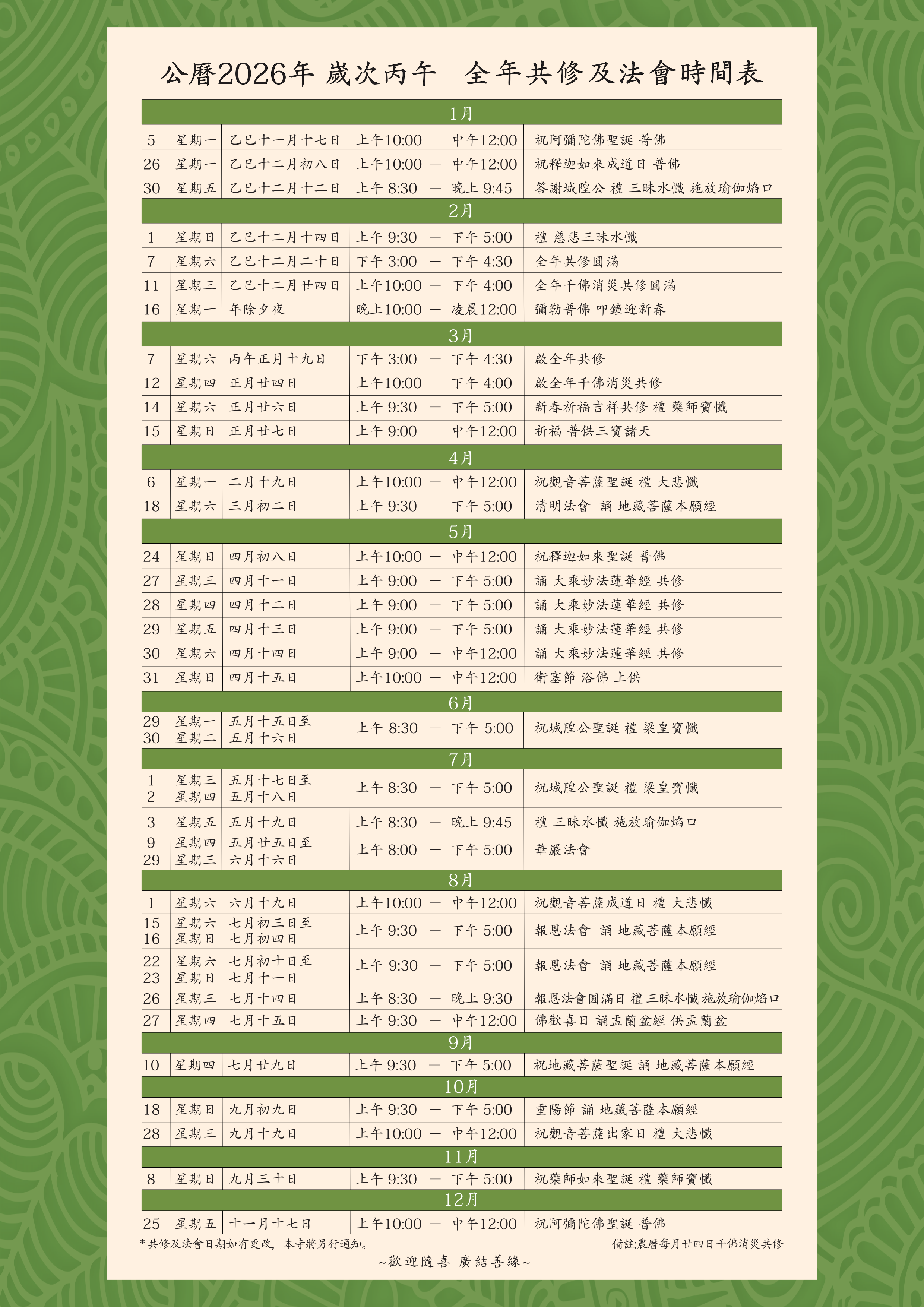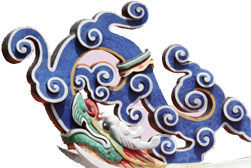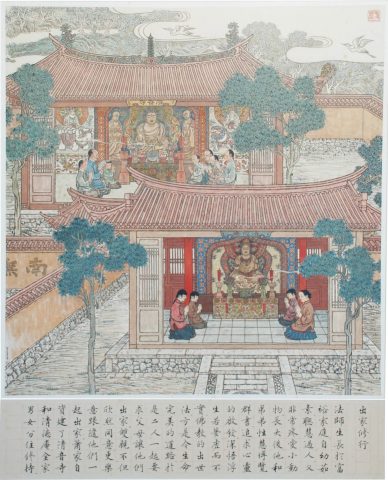
image description
Master was born into a rich family. Since young, he was a vegetarian, bright and kind. He and his young brother Xing Hui, read extensively after having become spiritually inspired as they grew up. At last, they realize that nothing is better than Buddha’s supramundane teachings of four noble truths, nirvana etc. as everything in this world arise and pass away once the conditions supporting are no longer in existence. With this understanding, they approached their parents for permission to join the monkhood. Unbelievingly, their parents did not only agree but also wished to follow their footsteps. After financing the building of monastery QīngYīn and nunnery QīngDé, the male and female lived respectively to fulfill their noble practice.


